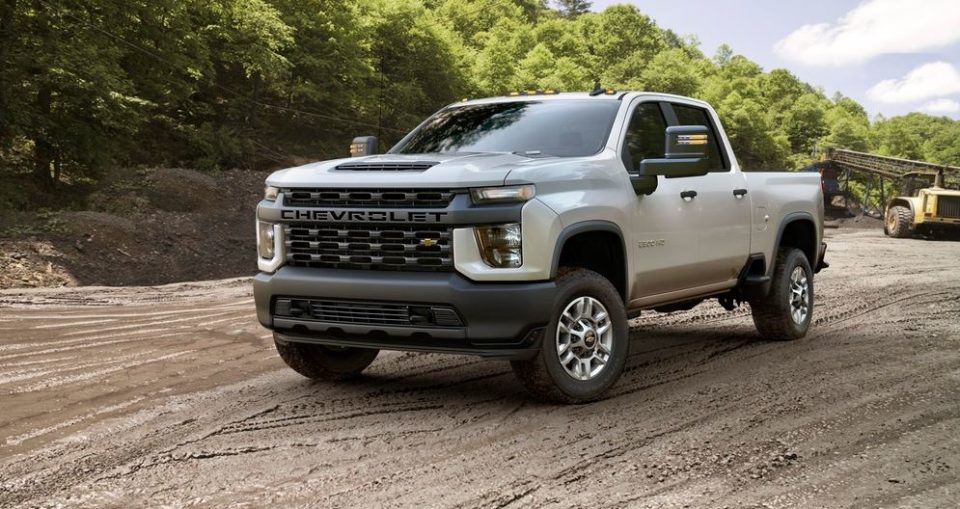
At first glance, you might think that all-wheel drive (AWD) and four-wheel drive (4WD) are practically the same. However, they have some key differences that you need to explore before purchasing a vehicle. Compare AWD and 4WD to find out which one is right for your driving style.
Everything You Need to Know About AWD
AWD is ideal for on-road use. The drivetrain sends power to all four of the vehicle’s tires at all times. The system allows each tire to rotate at different speeds when needed, improving handling in various conditions and when turning. AWD can also help high-performance vehicles go from zero to top speed faster and improve handling when taking a corner at high speed.
Modern AWD systems are generally designed to switch to a two-wheel drive when the AWD isn’t needed. This makes the vehicles more efficient. Then, when there’s a need for power from all four wheels, it seamlessly shifts back into AWD without the driver having to do anything.
Because AWD performs well in most conditions and doesn’t require driver input, it’s a popular choice for most people. Passenger cars and SUVs often come with AWD systems.
Everything You Need to Know About 4WD
While AWD is suitable for most driving conditions, 4WD has two specific uses. It’s meant for off-roading or when driving on slippery surfaces that require extra traction. If you have a vehicle with 4WD, you will need to enable it. Then, the system will lock the rear and front driveshafts together. Once locked, the rear and front axles turn at the same speed, increasing the power sent to the ground. At a minimum, at least one of your front and one of your rear tires will receive engine torque when the 4WD system gets engaged. This will help you get out of low-traction situations.
While 4WD is ideal for low-traction or off-roading, you should not use it in normal conditions on the pavement. Your tires need to spin at different speeds when turning a corner. Because the driveshafts are locked together, they can’t do that with a 4WD system. You might have problems turning in with an engaged 4WD system. This can be quite dangerous and also lead to uneven wear on your tires.
You might also like: Spice Up Your Avo Toast With These Recipes
A Combination of Both
Both AWD and 4WD can come in handy. Fortunately, you don’t have to choose between the two. You can get a vehicle that has both systems. You won’t have to engage the AWD system to use it. Then, when you need the extra power of 4WD, you can turn it on and flip it back off when you’re done.
James Corlew Chevrolet in Clarksville, Tennessee, has new and pre-owned Chevrolets in stock that have AWD, 4WD, or both. Our team can talk about your specific needs and help you choose a vehicle with the drivetrain you need for all your adventures.